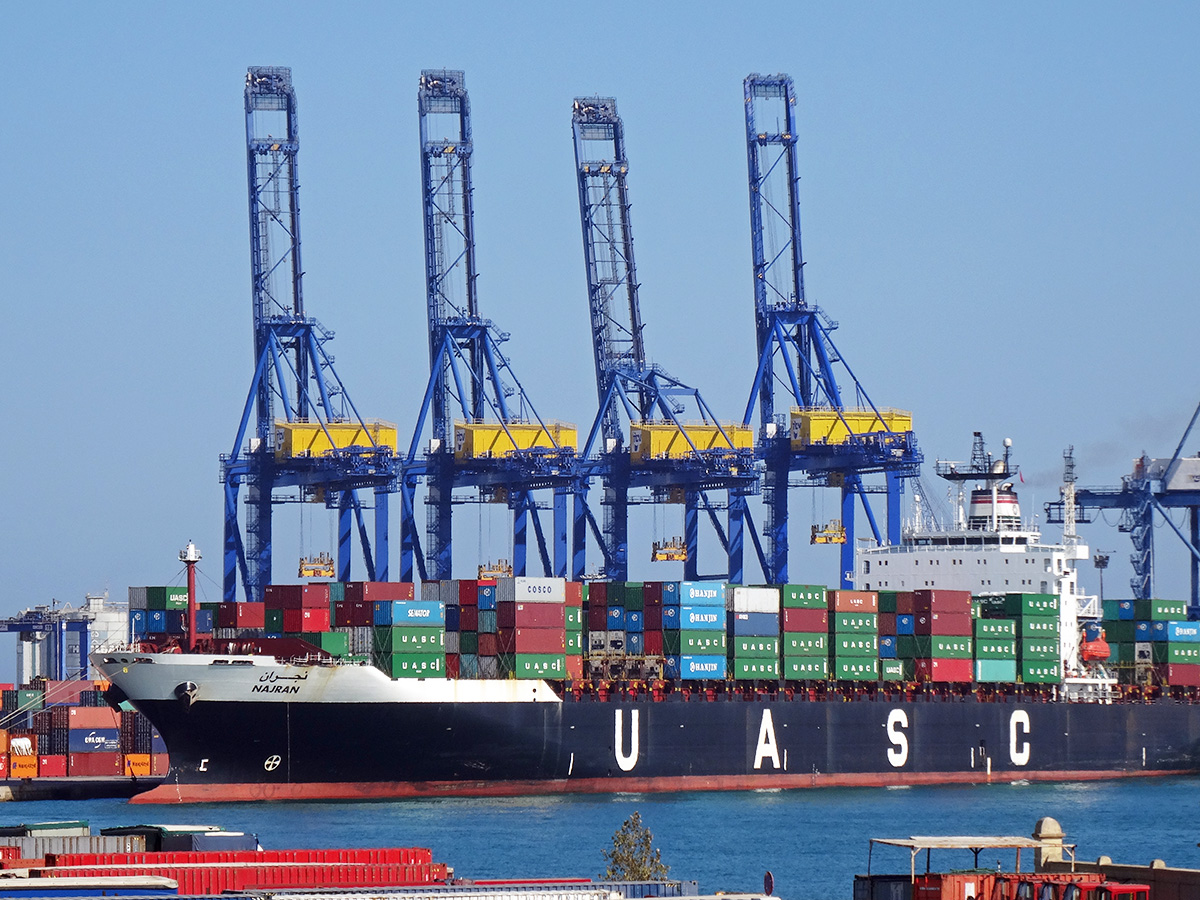 Donald Trump has threatened to pull out of the World Trade Organization. ‘If they don’t shape up, I would withdraw from the WTO,’ he said. He argues that the USA is being treated very badly by the WTO and that the organisation needs to ‘change its ways’.
Donald Trump has threatened to pull out of the World Trade Organization. ‘If they don’t shape up, I would withdraw from the WTO,’ he said. He argues that the USA is being treated very badly by the WTO and that the organisation needs to ‘change its ways’.
Historically, the USA has done relatively well compared with other countries in trade disputes brought to the WTO. However, President Trump does not like being bound by an international organisation which prohibits the unilateral imposition of tariffs that are not in direct retaliation against a trade violation by other countries. Such tariffs have been imposed by the Trump administration on steel and aluminium imports. This has led to retaliatory tariffs on US imports by the EU, China and Canada – something that is permitted under WTO rules.
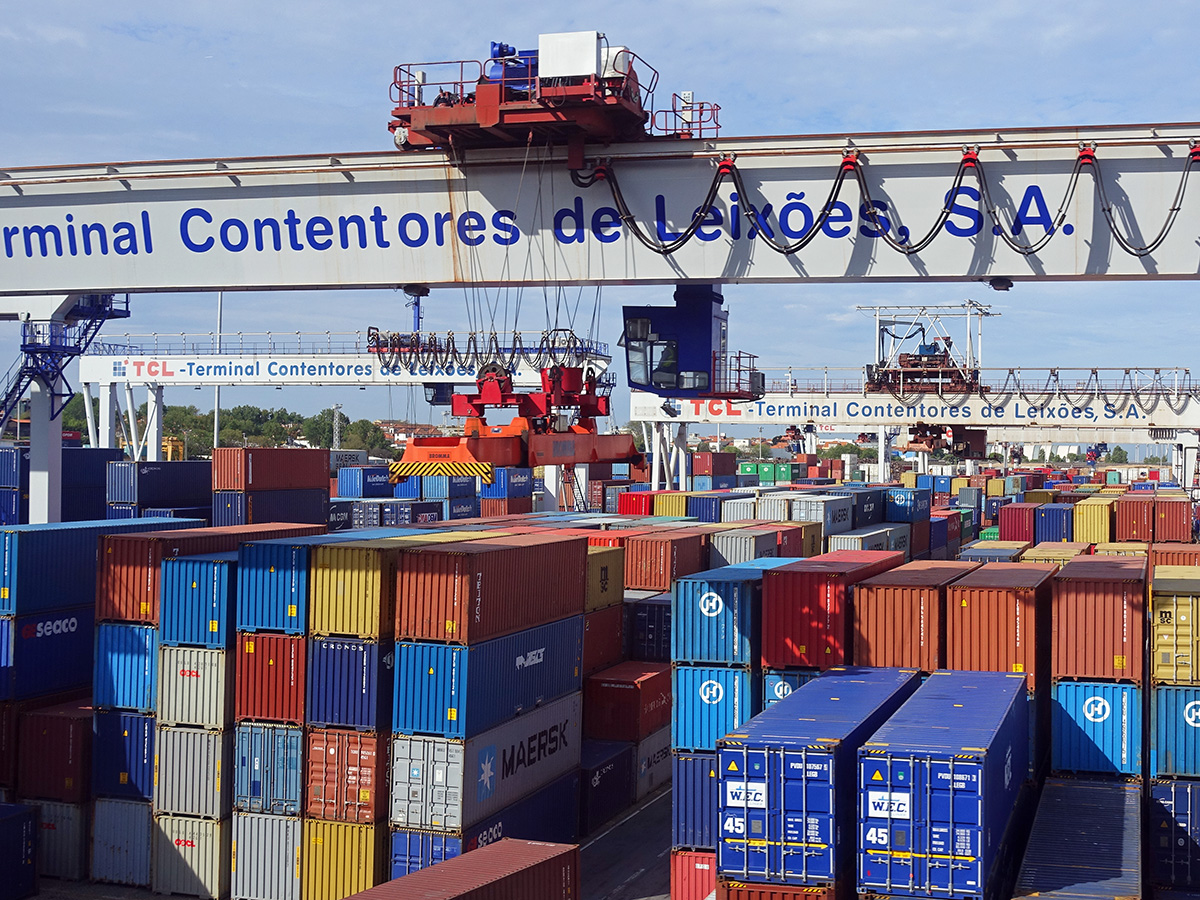 Whether or not the USA does withdraw from the WTO, Trump’s threats bring into question the power of the WTO and other countries’ compliance with WTO rules. With the rise in protectionist sentiments around the world, the power of the WTO would seem to be on the wane.
Whether or not the USA does withdraw from the WTO, Trump’s threats bring into question the power of the WTO and other countries’ compliance with WTO rules. With the rise in protectionist sentiments around the world, the power of the WTO would seem to be on the wane.
Even if the USA does not withdraw from the WTO, it is succeeding in weakening the organisation. Appeals cases have to be heard by an ‘appellate body’, consisting of at least three judges drawn from a list of seven, each elected for four years. But the USA has the power to block new appointees – and has done so. As Larry Elliott states in the first article below:
The list of judges is already down to four and will be down to the minimum of three when the Mauritian member, Shree Baboo Chekitan Servansing, retires at the end of September. Two more members will go by the end of next year, at which point the appeals process will come to a halt.
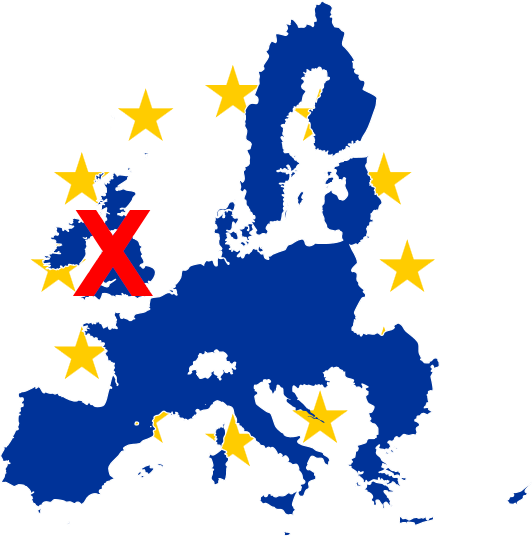 This raises the question of the implication of a ‘no-deal’ Brexit – something that seems more likely as the UK struggles to reach a trade agreement with the EU. Leaving without a deal would mean ‘reverting to WTO rules’. But if these rules are being ignored by powerful countries such as the USA and possibly China, and if the appeals procedure has ground to a halt, this could leave the UK without the safety net of international trade rules. Outside the EU – the world’s most powerful trade bloc – the UK could find itself having to accept poor trade terms with the USA and other large countries.
This raises the question of the implication of a ‘no-deal’ Brexit – something that seems more likely as the UK struggles to reach a trade agreement with the EU. Leaving without a deal would mean ‘reverting to WTO rules’. But if these rules are being ignored by powerful countries such as the USA and possibly China, and if the appeals procedure has ground to a halt, this could leave the UK without the safety net of international trade rules. Outside the EU – the world’s most powerful trade bloc – the UK could find itself having to accept poor trade terms with the USA and other large countries.
Articles
Information
Questions
- Explain the WTO’s ‘Most-favoured-nation (MFN)’ clause. How would this affect trade deals between the UK and the EU?
- Would the trade deals that the EU has negotiated with other countries, such as Japan, be available to the UK after leaving the EU?
- Demonstrate how, according to the law of comparative advantage, all countries can gain from trade.
- In what ways is the USA likely to gain and lose from the imposition of tariffs on steel and aluminium?
- How could a country that supports free trade ever support the imposition of tariffs?
- Why are tariffs not the most serious restriction on trade?
 The French have elected Emmanuel Macron as their new President. He claims to be from the economic centre. But just what does this imply for his vision of how the French economy should be run? What policies is he likely to put in place? Can these policies rightly be described as ‘centrist’? In practice, some of his policies are advocated by the centre right and some by the centre left.
The French have elected Emmanuel Macron as their new President. He claims to be from the economic centre. But just what does this imply for his vision of how the French economy should be run? What policies is he likely to put in place? Can these policies rightly be described as ‘centrist’? In practice, some of his policies are advocated by the centre right and some by the centre left.
He wants to institute policies that are pro business and will have the effect of stimulating private investment, increasing productivity and resulting in faster economic growth.
His pro-business policies include: reducing corporation tax from its current 33.3% to 25%, the hope being that firms will invest the money that this will free up; reducing labour taxes on companies for employing low-wage workers; making the current 35-hour working week less rigid by giving firms greater ability to negotiate special arrangements with trade unions.
Other policies drawn from the centre right include reducing the size of the state. Currently, general government spending in France, at 56.5% of GDP, is the highest of the G7 countries. Italy’s is the next highest at 49.6%, followed by Germany at 44.3%, Canada at 40.8%, the UK at 39.4%, Japan at 36.8% and the USA at 35.2%. President Macron wants to reduce the figure for France to 52% over his five-year term. 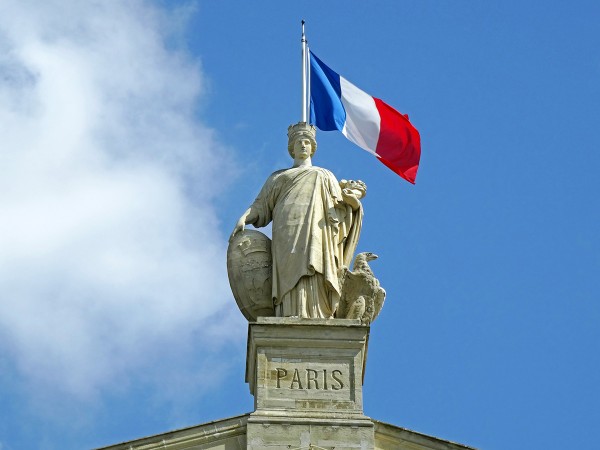 This will be achieved by cutting 120,000 public-sector jobs and reducing state spending by €60bn. He plans, thereby, to reduce the general government deficit from its 2016 level of 3.4% of GDP to 1% by 2022 and reduce the general government debt from 96.0% of GDP to 93.2% over the same period.
This will be achieved by cutting 120,000 public-sector jobs and reducing state spending by €60bn. He plans, thereby, to reduce the general government deficit from its 2016 level of 3.4% of GDP to 1% by 2022 and reduce the general government debt from 96.0% of GDP to 93.2% over the same period.
Drawing from centre-left policies he plans to increase public investment by €50bn, including €15bn on training, €15bn on green energy and €5bn each on transport, health, agriculture and the modernisation of public administration. But as this additional expenditure is less than the planned savings through greater efficiency and as GDP is projected to grow, this is still consistent with achieving a reduction in the general government deficit as a percentage of GDP. He has also pledged to extend welfare spending. This will include making the self-employed eligibile for unemployment benefits.
M Macron isalso strongly supportive of France’s membership of the EU and the euro. Nevertheless he wants the EU to be reformed to make it more efficient and achieve significant cost savings.
Articles
Macronomy: What are Emmanuel Macron’s economic plans? BBC News, Simon Atkinson (8/5/17)
Factbox: Emmanuel Macron’s presidential election policies Reuters, Brian Love (14/4/17)
What Analysts Are Saying About Macron’s Victory Bloomberg, Chris Anstey (8/5/14)
The Main Points of Emmanuel Macron’s Economic Programme NDTV, India (9/5/14)
Can Emmanuel Macron solve France’s economic riddle? The Guardian, Larry Elliott (30/4/17)
Why Emmanuel Macron’s bid to haul France out of its economic malaise will be harder than he thinks The Telegraph, Szu Ping Chan and Tim Wallace (30/4/17)
Macron’s policies on Europe, trade, immigration and defence Financial Times, Hannah Murphy (7/5/17)
French presidential election: Investors, economists and strategists react to Macron’s victory Independent, Josie Cox (8/5/17)
Questions
- Compare the performance of the French, German and UK economies over the past 10 years.
- Why does France have much lower levels of inequality and much higher productivity than the UK?
- How would (a) a neoliberal and (b) Keynesian economist explain the slow growth performance of France?
- Give some other examples of centre-right economic policies that could be pursued by a centrist government.
- Give some other examples of centre-left economic policies that could be pursued by a centrist government.
- How do M Macron’s policies differ from those of the (a) Conservative, (b) Labour and (c) Liberal Democrat parties in the manifestos for the 2017 General Election in the UK?
- What economic difficulties is M Macron likely to find in carrying out his policies?
- Would you describe M Macron’s macroeconomic policies as demand-side or supply -side policies? Explain.
- What specific economic policies does France want Germany to pursue?
 Theresa May has said that the UK will quit the EU single market and seek to negotiate new trade deals, both with the EU and with other countries. As she said, “What I am proposing cannot mean membership of the single market.” It would also mean leaving the customs union, which sets common external tariffs for goods imported into the EU.
Theresa May has said that the UK will quit the EU single market and seek to negotiate new trade deals, both with the EU and with other countries. As she said, “What I am proposing cannot mean membership of the single market.” It would also mean leaving the customs union, which sets common external tariffs for goods imported into the EU.
The single market guarantees free movement of goods, services, labour and capital between EU members. There are no internal tariffs and common rules and regulations concerning products, production and trade. By leaving the single market, the UK will be able to restrict immigration from EU countries, as it is currently allowed to do from non-EU countries.
A customs union is a free trade area with common external tariffs and uniform methods of handling imports. There are also no, or only minimal, checks and other bureaucracies at borders between members. The EU customs union means that individual EU countries are not permitted to do separate trade deals with non-EU countries.
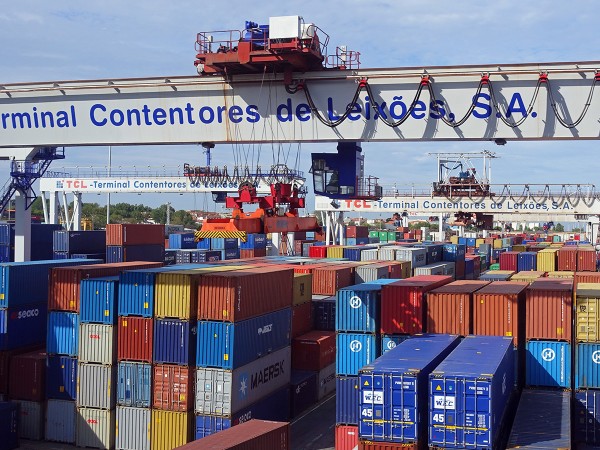 Once the UK has left the EU, probably in around two years’ time, it will then be able to have different trade arrangements from the EU with countries outside the EU. Leaving the customs union would mean that the UK would face the EU’s common external tariff or around 5% on most goods, and 10% on cars.
Once the UK has left the EU, probably in around two years’ time, it will then be able to have different trade arrangements from the EU with countries outside the EU. Leaving the customs union would mean that the UK would face the EU’s common external tariff or around 5% on most goods, and 10% on cars.
Leaving the EU single market and customs union has been dubbed ‘hard Brexit’. Most businesses and many politicians had hoped that elements of the single market could be retained, such as tariff-free trade between the UK and the EU and free movement of capital. However, by leaving the single market, access to it will depend on the outcome of negotiations.
Negotiations will take place once Article 50 – the formal notice of leaving – has been invoked. The government has said that it will do this by the end of March this year. Then, under EU legislation, there will be up to two years of negotiations, at which point the UK will leave the EU.
The articles look at the nature of the EU single market and customs union and at the implications for the UK of leaving them.
Articles
Britain to leave EU market as May sets ‘hard Brexit’ course Reuters, Kylie MacLellan and William James (17/1/17)
Brexit: UK to leave single market, says Theresa May BBC News (17/1/17)
How Does U.K. Want to Trade With EU Post-Brexit?: QuickTake Q&A Bloomberg, Simon Kennedy (17/1/17)
Brexit at-a-glance: What we learned from Theresa May BBC News, Tom Moseley (17/1/17)
Theresa May unveils plan to quit EU single market under Brexit Financial Times, Henry Mance (17/1/17)
Doing Brexit the hard way The Economist (21/1/17)
Theresa May confirms it’ll be a hard Brexit – here’s what that means for trade The Conversation, Billy Melo Araujo (17/1/17)
How to read Theresa May’s Brexit speech The Conversation, Paul James Cardwell (17/1/17)
Theresa May’s hard Brexit hinges on a dated vision of global trade The Conversation, Martin Smith (17/1/17)
Brexit: What is the EU customs union and why should people care that the UK is leaving it? Independent, Ben Chapman (17/1/17)
Questions
- Explain the difference between a free-trade area, a customs union, a common market and a single market.
- What arrangement does Norway have with the EU?
- How would the UK’s future relationship with the EU differ from Norway’s?
- Distinguish between trade creation and trade diversion from joining a customs union. Who loses from trade diversion?
- Will leaving the EU mean that trade which was diverted can be reversed?
- What will determine the net benefits from new trade arrangements compared with the current situation of membership of the EU?
- What are the possible implications of hard Brexit for (a) inward investment and (b) companies currently in the UK of relocating to other parts of the EU? Why is the magnitude of such effects extremely hard to predict?
- Explain what is meant by ‘passporting rights’ for financial services firms. Why are they unlikely still to have such rights after Brexit?
- Discuss the argument put forward in The Conversation article that ‘Theresa May’s hard Brexit hinges on a dated vision of global trade’.
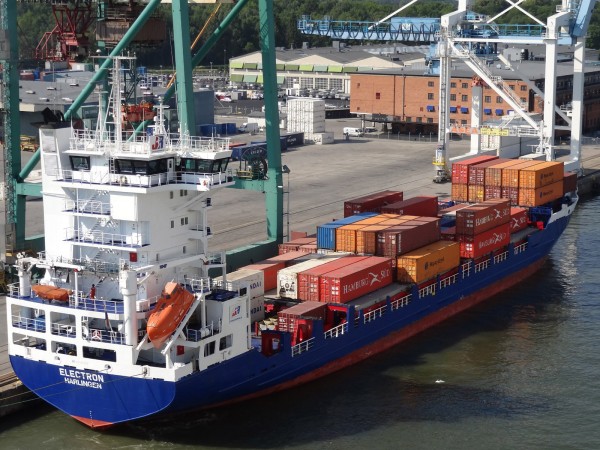 A paper by three University of Sussex academics has just been published by the university’s UK Trade Policy Observatory (UKTPO). It looks at possible trade relations between the UK and the EU post Brexit. It identifies four key government objectives or constraints – what the authors call ‘red lines’ – and five possible types of trade arrangement with the EU.
A paper by three University of Sussex academics has just been published by the university’s UK Trade Policy Observatory (UKTPO). It looks at possible trade relations between the UK and the EU post Brexit. It identifies four key government objectives or constraints – what the authors call ‘red lines’ – and five possible types of trade arrangement with the EU.
The four red lines the authors identify are:
|
|
| • |
Limitations on the movement of people/labour; |
| • |
An independent trade policy; |
| • |
No compulsory budgetary contribution to the EU; |
| • |
Legal oversight by UK courts only and not by the European Court of Justice. |
Just how tight each of these four constraints should be is a matter for debate and political decision. For example, how extensive the limitations on the movement of labour should be and whether or not there should be any ‘voluntary’ budgetary contributions to the EU are issues where there is scope for negotiation.
Alongside these constraints is the objective of continuing to have as much access to and influence over the Single Market as possible.
The five possible types of trade arrangement with the EU identified in the paper are as follows:
|
|
| 1. |
Full Customs Union (CU) with the EU-27 |
| 2. |
Partial Customs Union with EU (based on EU-Turkey CU) |
| 3. |
Free Trade Area (FTA) with access to the Single Market (European Economic Area) |
| 4. |
Free Trade Area without automatic access to Single Market |
| 5. |
Reversion to World Trade Organisation (WTO) Most Favoured Nation (MFN) terms |
To clarify the terminology: a free trade area (FTA) is simply an agreement whereby member countries have no tariff barriers between themselves but individually can choose the tariffs they impose on imports from non-member countries; a customs union is a free trade area where all members impose common tariffs on imports from non-member countries and individual members are thus prevented from negotiating separate trade deals with non-member countries;  membership of the European Economic Area requires accepting freedom of movement of labour and compulsory contributions to the EU budget; WTO Most Favoured Nation rules would involve the UK trading with the EU but with tariffs equal to the most favourable ones granted to other countries outside the EU and EEA.
membership of the European Economic Area requires accepting freedom of movement of labour and compulsory contributions to the EU budget; WTO Most Favoured Nation rules would involve the UK trading with the EU but with tariffs equal to the most favourable ones granted to other countries outside the EU and EEA.
The red lines would rule out the UK being part of the customs union or the EEA. Although WTO membership would not breach any of the red lines, the imposition of tariffs against UK exports would be damaging. So the option that seems most appealing to many ‘Brexiteers’ is to have a free trade area agreement with the EU and negotiate separate trade deals with other countries.
But even if a tariff-free arrangement were negotiated with the EU, there would still be constraints imposed on UK companies exporting to the EU: goods exported to the EU would have to meet various standards. But this would constrain the UK’s ability to negotiate trade deals with other countries, which might demand separate standards.
The paper and The Economist article explore these constraints and policy alternatives and come to the conclusion that there is no easy solution. The option that looks the best “from the UK government’s point of view and given its red lines, would be an FTA with a variety of special sectoral arrangements”.
Article
Brexit means…a lot of complex trade decisions The Economist, Buttonwood’s notebook (15/11/16)
Paper
UK–EU Trade Relations post Brexit: Too Many Red Lines? UK Trade Policy observatory (UKTPO), Briefing Paper No. 5, Michael Gasiorek, Peter Holmes and Jim Rollo (November 2016)
Questions
- Explain the difference between a free trade area, a customs union and a single market.
- Go through each of the four red lines identified in the paper and consider what flexibility there might be in meeting them.
- What problems would there be in operating a free trade agreement with the EU while separately pursuing trade deals with other countries?
- What is meant by ‘mutual recognition’ and what is its significance in setting common standards in the Single Market?
- What problems are likely to arise in protecting the interests of the UK’s service-sector exports in a post-Brexit environment?
- What does the EU mean by ‘cherry picking’ in terms of trade arrangements? How might the EU’s attitudes in this regard constrain UK policy?
- Does the paper’s analysis suggest that a ‘hard Brexit’ is inevitable?
 The UK has voted to leave the EU by 17 410 742 votes (51.9% or 37.4% of the electorate) to 16 141 241 votes (48.1% or 34.7% of the electorate). But what will be the economic consequences of the vote?
The UK has voted to leave the EU by 17 410 742 votes (51.9% or 37.4% of the electorate) to 16 141 241 votes (48.1% or 34.7% of the electorate). But what will be the economic consequences of the vote?
To leave the EU, Article 50 must be invoked, which starts the process of negotiating the new relationship with the EU. This, according to David Cameron, will happen when a new Conservative Prime Minister is chosen. Once Article 50 has been invoked, negotiations must be completed within two years and then the remaining 27 countries will decide on the new terms on which the UK can trade with the EU. As explained in the blog, The UK’s EU referendum: the economic arguments, there are various forms the new arrangements could take. These include:
‘The Norwegian model’, where Britain leaves the EU, but joins the European Economic Area, giving access to the single market, but removing regulation in some key areas, such as fisheries and home affairs. Another possibility is ‘the Swiss model’, where the UK would negotiate trade deals on an individual basis. Another would be ‘the Turkish model’ where the UK forms a customs union with the EU. At the extreme, the UK could make a complete break from the EU and simply use its membership of the WTO to make trade agreements.
The long-term economic effects would thus depend on which model is adopted. In the Norwegian model, the UK would remain in the single market, which would involve free trade with the EU, the free movement of labour between the UK and member states and contributions to the EU budget. 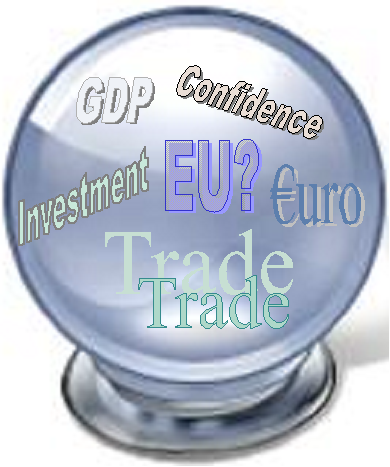 The UK would no longer have a vote in the EU on its future direction. Such an outcome is unlikely, however, given that a central argument of the Leave camp has been for the UK to be able to control migration and not to have to pay contributions to the EU budget.
The UK would no longer have a vote in the EU on its future direction. Such an outcome is unlikely, however, given that a central argument of the Leave camp has been for the UK to be able to control migration and not to have to pay contributions to the EU budget.
It is quite likely, then, that the UK would trade with the EU on the basis of individual trade deals. This could involve tariffs on exports to the EU and would involve being subject to EU regulations. Such negotiations could be protracted and potentially extend beyond the two-year deadline under Article 50. But for this to happen, there would have to be agreement by the remaining 27 EU countries. At the end of the two-year process, when the UK exits the EU, any unresolved negotiations would default to the terms for other countries outside the EU. EU treaties would cease to apply to the UK.
It is quite likely, then, that the UK would face trade restrictions on its exports to the EU, which would adversely affect firms for whom the EU is a significant market. 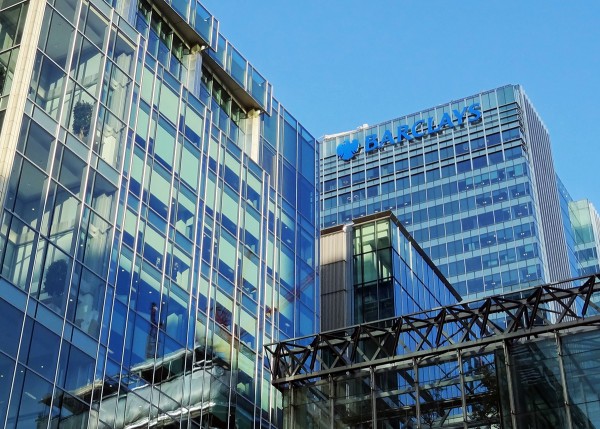 Where practical, some firms may thus choose to relocate from the UK to the EU or move business and staff from UK offices to offices within the EU. This is particularly relevant to the financial services sector. As the second Economist article explains:
Where practical, some firms may thus choose to relocate from the UK to the EU or move business and staff from UK offices to offices within the EU. This is particularly relevant to the financial services sector. As the second Economist article explains:
In the longer run … Britain’s financial industry could face severe difficulties. It thrives on the EU’s ‘passport’ rules, under which banks, asset managers and other financial firms in one member state may serve customers in the other 27 without setting up local operations. …
Unless passports are renewed or replaced, they will lapse when Britain leaves. A deal is imaginable: the EU may deem Britain’s regulations as ‘equivalent’ to its own. But agreement may not come easily. French and German politicians, keen to bolster their own financial centres and facing elections next year, may drive a hard bargain. No other non-member has full passport rights.
But if long-term economic effects are hard to predict, short-term effects are happening already.
The pound fell sharply as soon as the results of the referendum became clear. By the end of the day it had depreciated by 7.7% against the dollar and 5.7% against the euro. A lower pound will make imports more expensive and hence will drive up prices and reduce the real value of sterling. On the other had, it will make exports cheaper and act as a boost to exports.
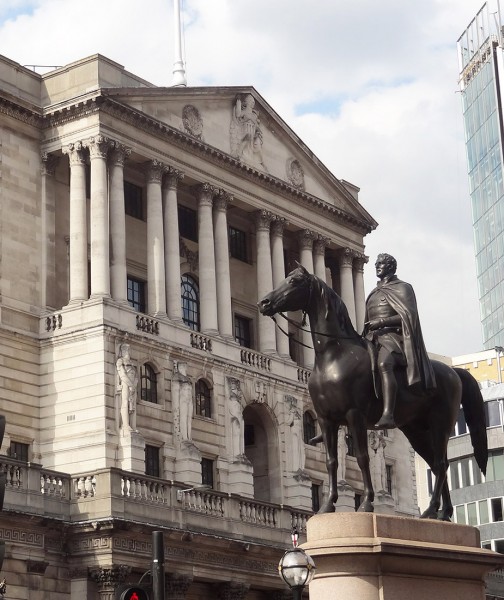 If inflation rises, then the Bank of England may raise interest rates. This could have a dampening effect on the economy, which in turn would reduce tax revenues. The government, if it sticks to its fiscal target of achieving a public-sector net surplus by 2020 (the Fiscal Mandate), may then feel the need to cut government expenditure and/or raise taxes. Indeed, the Chancellor argued before the vote that such an austerity budget may be necessary following a vote to leave.
If inflation rises, then the Bank of England may raise interest rates. This could have a dampening effect on the economy, which in turn would reduce tax revenues. The government, if it sticks to its fiscal target of achieving a public-sector net surplus by 2020 (the Fiscal Mandate), may then feel the need to cut government expenditure and/or raise taxes. Indeed, the Chancellor argued before the vote that such an austerity budget may be necessary following a vote to leave.
Higher interest rates could also dampen house prices as mortgages became more expensive or harder to obtain. The exception could be the top end of the market where a large proportion are buyers from outside the UK whose demand would be boosted by the depreciation of sterling.
But given that the Bank of England’s remit is to target inflation in 24 month’s time, it is possible that any spike in inflation is temporary and this may give the Bank of England leeway to cut Bank Rate from 0.5% to 0.25% or even 0% and/or to engage in further quantitative easing.
One major worry is that uncertainty may discourage investment by domestic companies. It could also discourage inward investment, and international companies many divert investment to the EU. Already some multinationals have indicated that they will do just this. Shares in banks plummeted when the results of the vote were announced.
Uncertainty is also likely to discourage consumption of durables and other big-ticket items. The fall in aggregate demand could result in recession, again necessitating an austerity budget if the Fiscal Mandate is to be adhered to.
We live in ‘interesting’ times. Uncertainty is rarely good for an economy. But that uncertainty could persist for some time.
Articles
Why Brexit is grim news for the world economy The Economist (24/6/16)
International banking in a London outside the European Union The Economist (24/6/16)
What happens now that Britain has voted for Brexit The Economist (24/6/16)
Britain and the EU: A tragic split The Economist (24/6/16)
Brexit in seven charts — the economic impact Financial Times, Chris Giles (21/6/16)
How will Brexit result affect France, Germany and the rest of Europe? Financial Times, Anne-Sylvaine Chassany, Stefan Wagstyl, Duncan Robinson and Richard Milne (24/6/16)
How global markets are reacting to UK’s Brexit vote Financial Times, Michael Mackenzie and Eric Platt (24/6/16)
Brexit: What happens now? BBC News (24/6/16)
How will Brexit affect your finances? BBC News, Brian Milligan (24/6/16)
Brexit: what happens when Britain leaves the EU Vox, Timothy B. Lee (25/6/16)
An expert sums up the economic consensus about Brexit. It’s bad. Vox, John Van Reenen (24/6/16)
How will the world’s policymakers respond to Brexit? The Telegraph, Peter Spence (24/6/16)
City of London could be cut off from Europe, says ECB official The Guardian, Katie Allen (25/6/16)
Multinationals warn of job cuts and lower profits after Brexit vot The Guardian, Graham Ruddick (24/6/16)
How will Brexit affect Britain’s trade with Europe? The Guardian, Dan Milmo (26/6/16)
Britain’s financial sector reels after Brexit bombshell Reuters, Sinead Cruise, Andrew MacAskill and Lawrence White (24/6/16)
How ‘Brexit’ Will Affect the Global Economy, Now and Later New York Times, Neil Irwin (24/6/16)
Brexit results: Spurned Europe wants Britain gone Sydney Morning Herald, Nick Miller (25/6/16)
Economists React to ‘Brexit’: ‘A Wave of Economic and Political Uncertainty’ The Wall Street Journal, Jeffrey Sparshott (24/6/16)
Brexit wound: UK vote makes EU decline ‘practically irreversible’, Soros says CNBC, Javier E. David (25/6/16)
One month on, what has been the impact of the Brexit vote so far? The Guardian (23/7/16)
Questions
- What are the main elements of a balance of payments account? Changes in which elements caused the depreciation of the pound following the Brexit vote? What elements of the account, in turn, are likely to be affected by the depreciation?
- What determines the size of the effect on the current account of the balance of payments of a depreciation? How might long-term effects differ from short-term ones?
- Is it possible for firms to have access to the single market without allowing free movement of labour?
- What assumptions were made by the Leave side about the economic effects of Brexit?
- Would it be beneficial to go for a ‘free trade’ option of abolishing all import tariffs if the UK left the EU? Would it mean that UK exports would face no tariffs from other countries?
- What factors are likely to drive the level of investment in the UK (a) by domestic companies trading within the UK and (b) by multinational companies over the coming months?
- What will determine the course of monetary policy over the coming months?
 Donald Trump has threatened to pull out of the World Trade Organization. ‘If they don’t shape up, I would withdraw from the WTO,’ he said. He argues that the USA is being treated very badly by the WTO and that the organisation needs to ‘change its ways’.
Donald Trump has threatened to pull out of the World Trade Organization. ‘If they don’t shape up, I would withdraw from the WTO,’ he said. He argues that the USA is being treated very badly by the WTO and that the organisation needs to ‘change its ways’. Whether or not the USA does withdraw from the WTO, Trump’s threats bring into question the power of the WTO and other countries’ compliance with WTO rules. With the rise in protectionist sentiments around the world, the power of the WTO would seem to be on the wane.
Whether or not the USA does withdraw from the WTO, Trump’s threats bring into question the power of the WTO and other countries’ compliance with WTO rules. With the rise in protectionist sentiments around the world, the power of the WTO would seem to be on the wane. This raises the question of the implication of a ‘no-deal’ Brexit – something that seems more likely as the UK struggles to reach a trade agreement with the EU. Leaving without a deal would mean ‘reverting to WTO rules’. But if these rules are being ignored by powerful countries such as the USA and possibly China, and if the appeals procedure has ground to a halt, this could leave the UK without the safety net of international trade rules. Outside the EU – the world’s most powerful trade bloc – the UK could find itself having to accept poor trade terms with the USA and other large countries.
This raises the question of the implication of a ‘no-deal’ Brexit – something that seems more likely as the UK struggles to reach a trade agreement with the EU. Leaving without a deal would mean ‘reverting to WTO rules’. But if these rules are being ignored by powerful countries such as the USA and possibly China, and if the appeals procedure has ground to a halt, this could leave the UK without the safety net of international trade rules. Outside the EU – the world’s most powerful trade bloc – the UK could find itself having to accept poor trade terms with the USA and other large countries.






